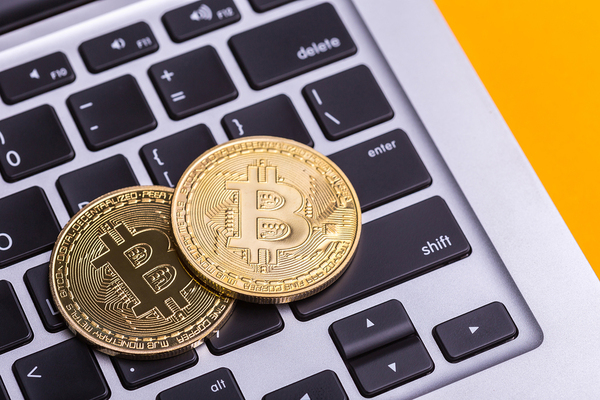
Imagine, for a moment, that somebody somehow got control of the New York Stock Exchange. Perhaps they seized control of the terminals and websites traders use. This criminal could block trade, could execute fake trades, and could make off with millions. Sound like a Hollywood movie? In the altcoin sphere, it is called a “51% attack.”
The name comes from how the attack works. Altcoins are mined through distributed computing. Everybody who wants to trade in an altcoin downloads a client program to their computer and does a share of the work to create the blockchain. The problem comes in when one person, or a group of people, controls the majority of the computing power. Without precautions, they could refuse to process transactions, process fake transactions, and otherwise control the network. Bitcoin Gold, for example, suffered a 51% attack with a “double-spend” approach. The attackers bought other altcoins with Bitcoin Gold and then refused to add those transactions to the blockchain, so the coins appeared as unspent.
Fortunately, a 51% attack remains largely theoretical, and as long as the network is large and well-distributed, it will stay that way. Still, it is important, if you plan to invest in a currency, to be aware of what you might be in for. To learn more about theoretical, and not-so-theoretical, chicanery on the blockchain, subscribe to the Bitcoin Market Journal newsletter!

